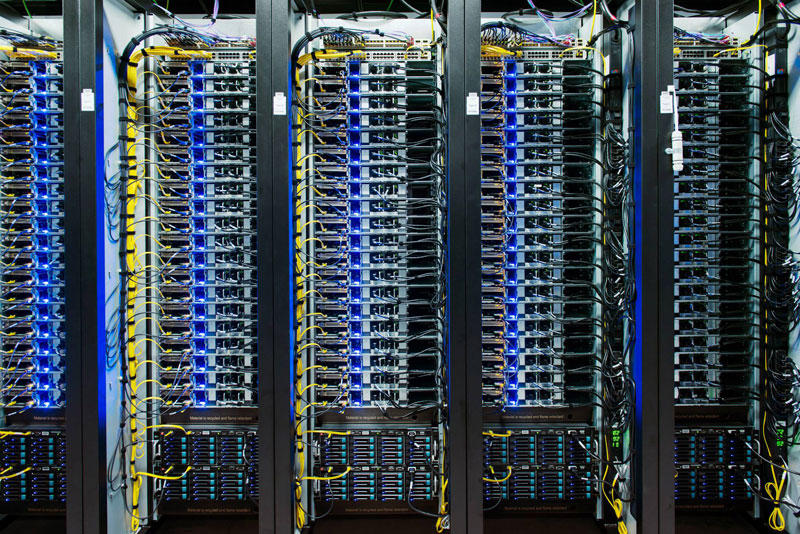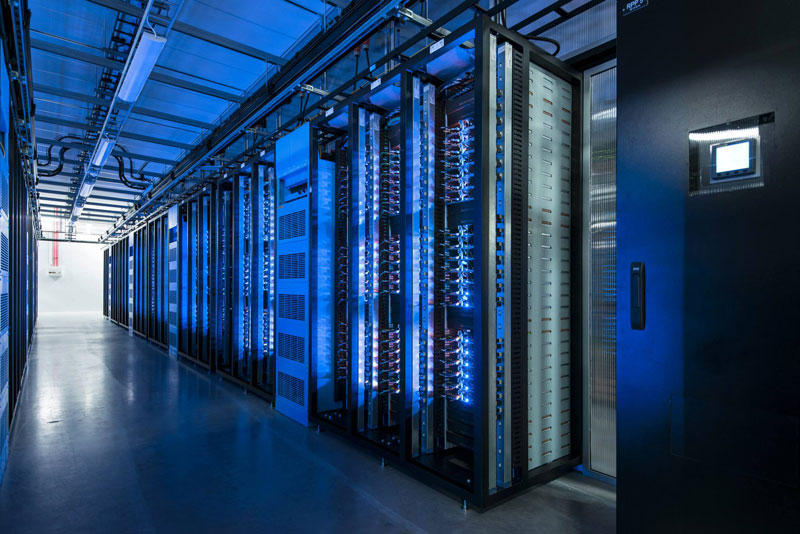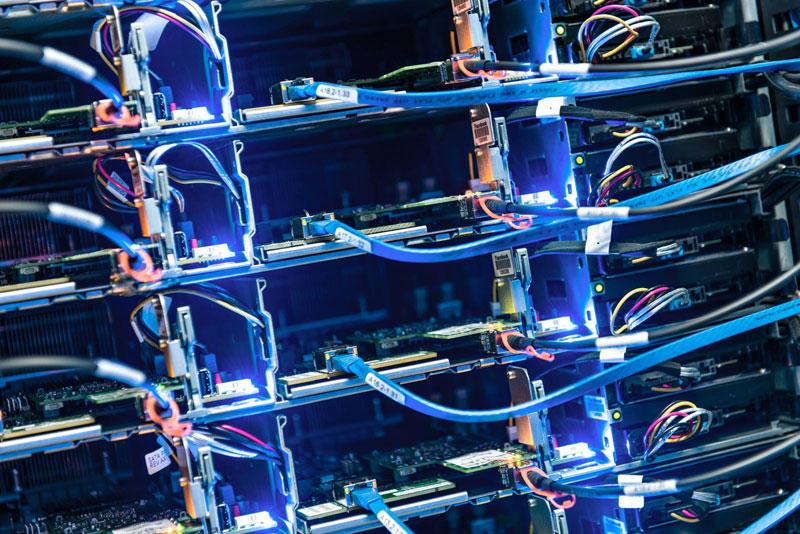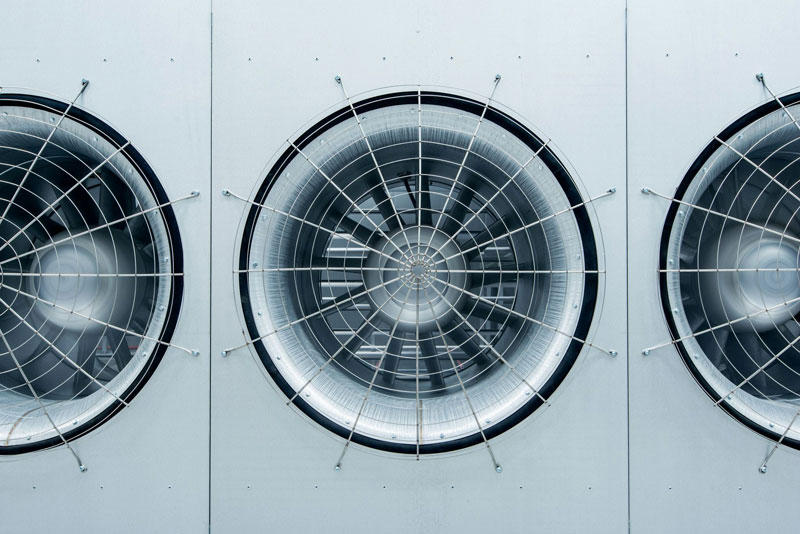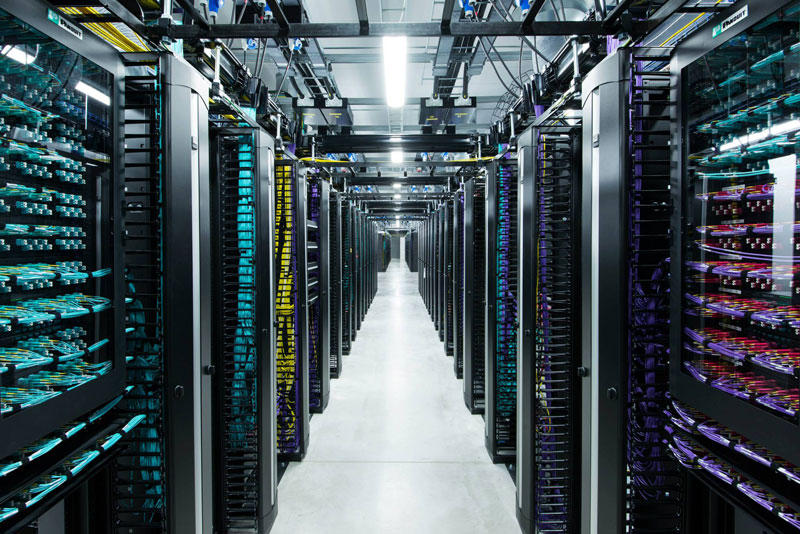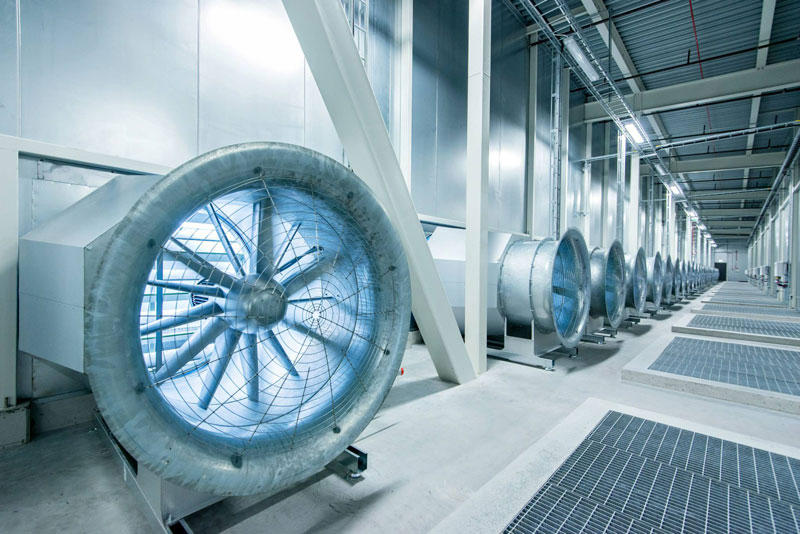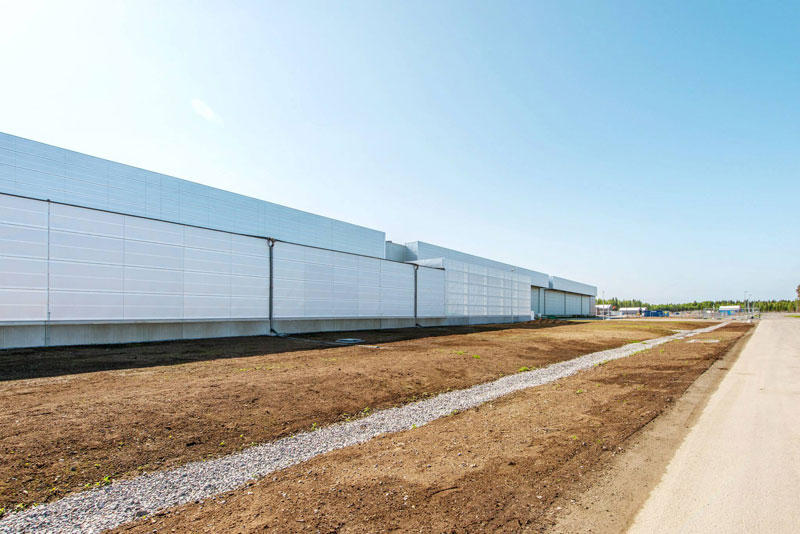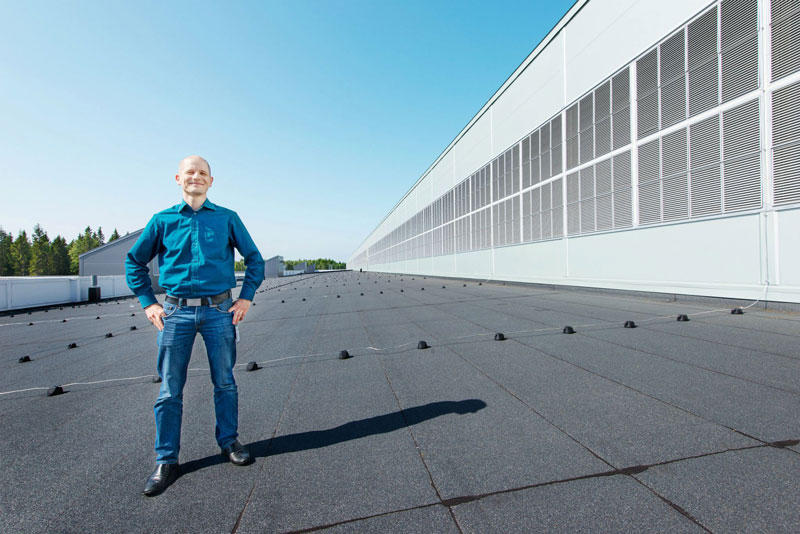Data Center Google
Google provides service to millions of Internet users around the world--thanks to the engineers who design our Data Centers and network and to the supporting teams who keep it all humming.
The Data Center team is a collection of mechanical, electrical and environmental engineers, construction professionals, project managers and site operations experts who together challenge themselves to plan, build and operate the most efficient, global-scale Data Centers in the world. Our Data Center Engineering team takes the physical design of our data centers into the future and our technicians and support teams bring ideas to life, using creative approaches to reduce operational costs and improve efficiencies. These teams are the foundation of our ability to innovate, collaborate and build a better web that’s better for the environment.
From developing and maintaining our data centers to building the next generation of Google platforms, the Technology Infrastructure team makes Google's product portfolio possible. This team is always happy to void hardware warranties to keep one of the largest technical infrastructures ever created up and running 24/7, giving our millions of users the best and fastest experience possible.
The Network Deployment team operates our network reliably and at scale. With an appetite for accuracy, these teams are out in the field configuring and installing network gear and then verifying that sites have been built to specifications. While a typical day can sometimes be physically demanding, this energetic bunch is always ready to participate in off-site field deployments, all in the name of improving the efficiency of our ever-growing infrastructure.
Locations
Americas
Americas
- Berkeley County, South Carolina
- Council Bluffs, Iowa
- Douglas County, Georgia
- Quilicura, Chile
- Mayes County, Oklahoma
- Lenoir, North Carolina
- The Dalles, Oregon
- Asia
- Hamina, Finland
- St Ghislain, Belgium
- Dudlin,Ireland
- Berkeley County, South Carolina
Council Bluffs, Iowa

Mayes County, Oklahoma

Lenoir, North Carolina

The Dalles, Oregon

Hong Kong

Singapore

Taiwan

Hamina, Finland

St. Ghislain, Belgium

Dublin, Ireland

ศูนย์กลางข้อมูลกูเกิล
ศูนย์ข้อมูลขนาดยักษ์จากทั่วโลกให้ได้ชมกัน ทั้ง 13 แห่งซึ่งอยู่ในอเมริกา 7 แห่ง เอเชีย 3 แห่ง และยุโรปอีก 3 แห่งโดยศูนย์ข้อมูลทั้งหมดทำงานตลอด 24 ชั่วโมงทุกวันและยังเป็นศูนย์ข้อมูล Data Center ที่มีการให้บริการด้านอินเตอร์เน็ตที่ใหญ่ที่สุดของโลกอีกด้วย ซึ่งมองแล้ว Google ใส่ใจในรายละเอียด และการจัดวาง Server










